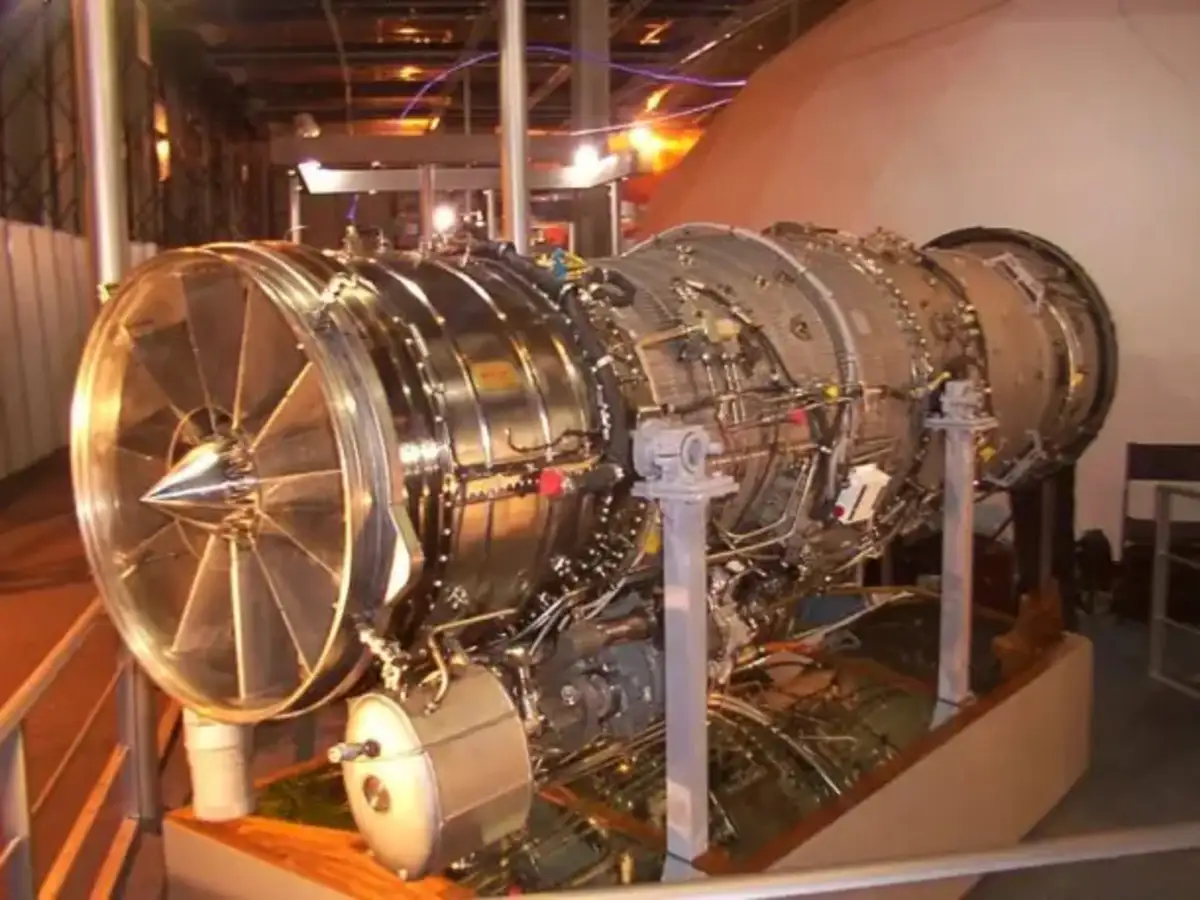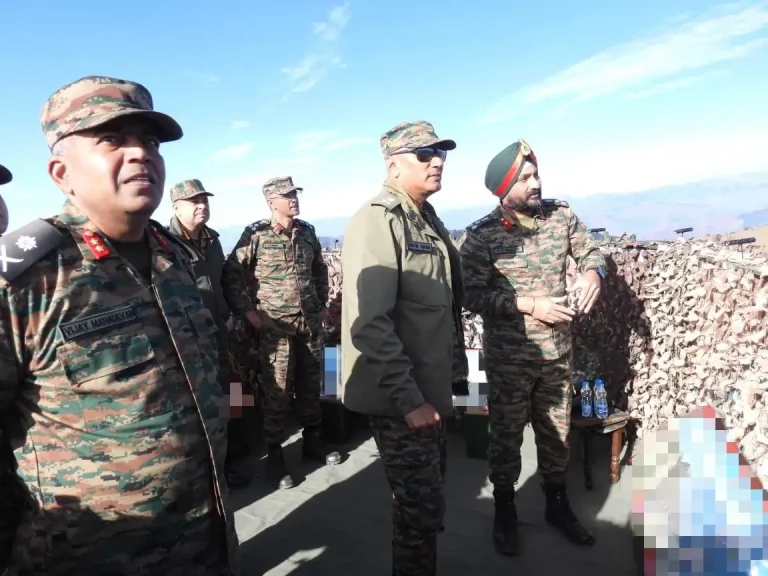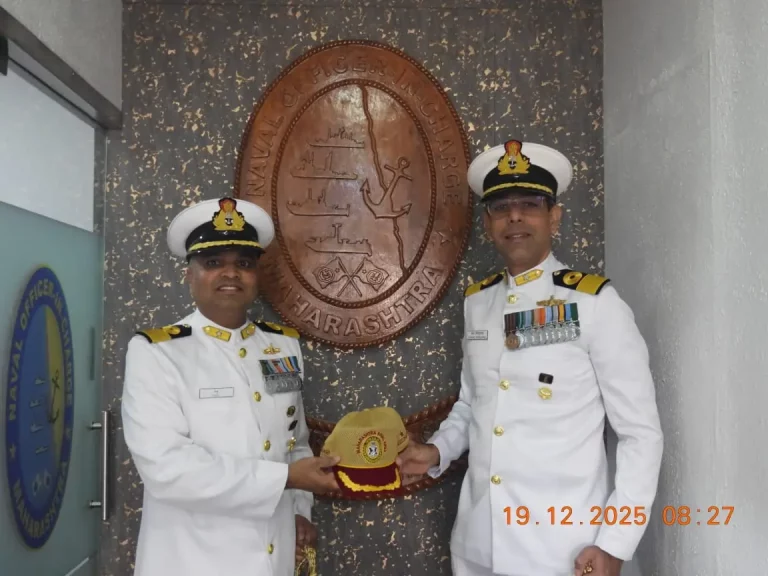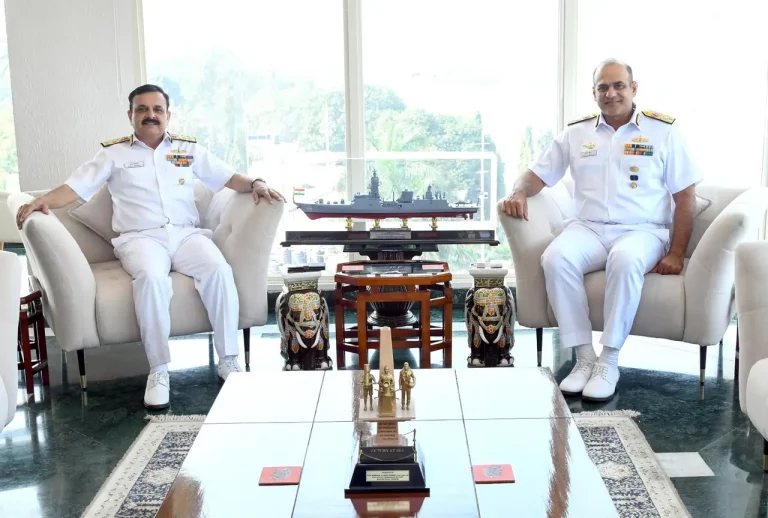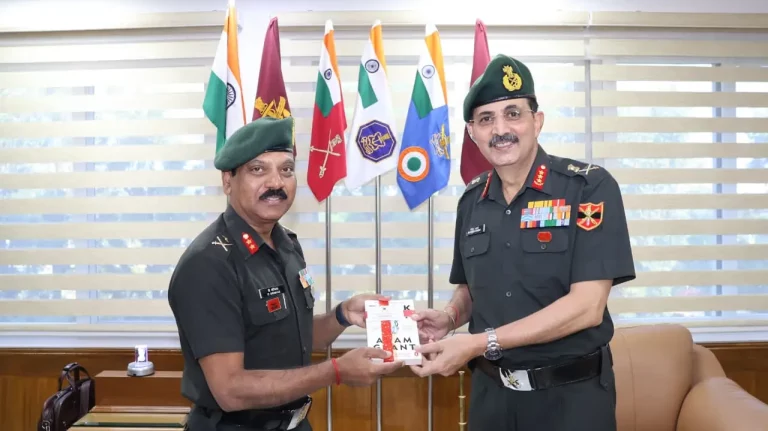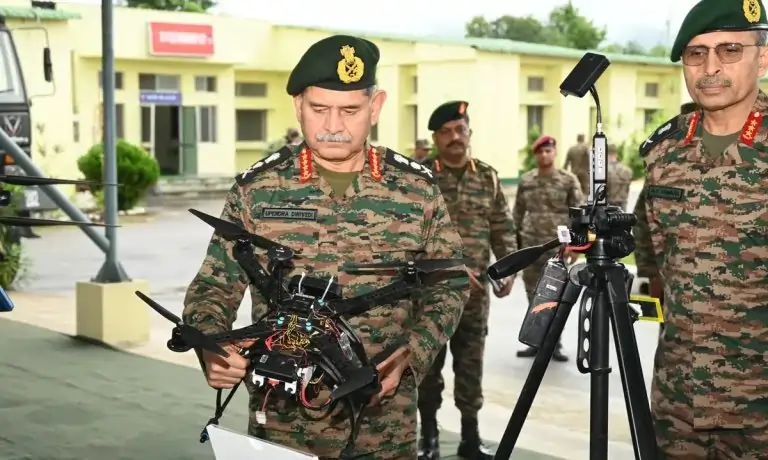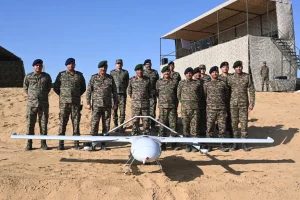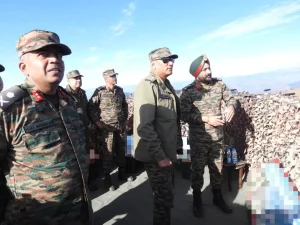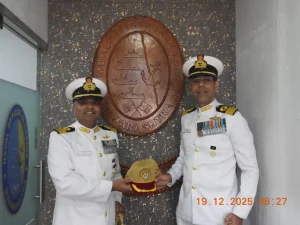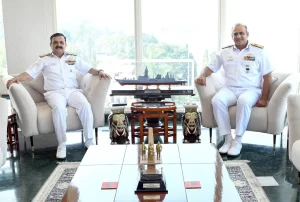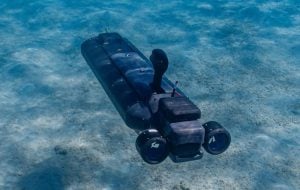A surge of nationalism swept through Indian social media platforms on Monday, with the hashtag #FundKaveriEngine trending prominently on X (formerly Twitter). Citizens, defense experts, veterans, and aviation enthusiasts rallied together, calling on the central government to fully fund and fast-track the ambitious Kaveri Engine project, which has long been stalled.
Originally conceived in the late 1980s by the Gas Turbine Research Establishment (GTRE) under the Defence Research and Development Organisation (DRDO), the Kaveri engine aimed to power India’s first indigenously developed fighter aircraft, the LCA Tejas. However, due to ongoing technological and geopolitical challenges, the project has faced numerous delays, leading to its decoupling from Tejas in 2008.
As users took to X, they expressed their frustrations and aspirations for national security and self-reliance in defense technology. One user humorously tweeted, “Take 20% GST on caramel popcorn, but fund the Kaveri engine,” while others called for a dedicated flying testbed or even proposed crowdfunding as potential solutions to bureaucratic roadblocks. Engaging graphics in a Soviet-style design and endorsements from respected defense journalists, including Shiv Aroor, lent authority to the campaign.
The Kaveri is a two-spool bypass turbofan engine, designed with advanced features like a full annular combustor, transonic compressors, and a twin-lane FADEC system. Its original thrust target of around 80 kN has proved insufficient, as frontline combat aircraft generally require thrust levels of 90–100 kN. Nevertheless, extensive testing—exceeding 3,000 hours—has been conducted under varied conditions, including successful trials at high altitudes and marine environments. Recent upgrades aim to enhance capabilities through the integration of single-crystal turbine blades, polymer matrix composites, and redesigned fans tailored for stealth applications.
The Kaveri project has been hindered by India’s developing capabilities in aerothermal dynamics, advanced metallurgy, and superalloy development, fields that had to be established from the ground up. Compounding these challenges were Western sanctions after India’s 1998 nuclear tests, which curtailed access to essential materials and testing infrastructure. Consequently, India relied on overseas facilities, such as those in Russia, further slowing the program’s advancement.
A significant setback occurred in 2013 when a potential collaboration with French aerospace component manufacturer Snecma fell through. Although an offer to replace the Kaveri’s core was on the table, Indian authorities opted against it, preferring to maintain full intellectual property rights and technological sovereignty over the project.
Recent developments, however, have revitalized the Kaveri engine initiative. Private industry players like Godrej Aerospace have begun contributing essential modules, and collaborative work with BrahMos Aerospace on an indigenous afterburner is underway. Defense Minister Rajnath Singh confirmed that negotiations with prominent firms like GE, Safran, and Rolls-Royce are ongoing to support the Kaveri’s evolution while safeguarding India’s technological independence.
The increasing momentum behind the Kaveri project resonates with broader national security concerns, particularly in light of Operation Sindoor, following recent terrorist attacks. The urgency to solidify self-sufficiency in defense technology is a sentiment echoed by many citizens, reducing reliance on foreign suppliers.
As India pivots toward future air combat capabilities, including fifth-generation and stealth platforms, the Kaveri engine emerges as not just a delayed aspiration but a strategic necessity. The viral #FundKaveriEngine campaign underscores a pivotal moment in public consciousness, signaling a collective demand for substantial investment and resolute political commitment to realize India’s aerospace ambitions.
